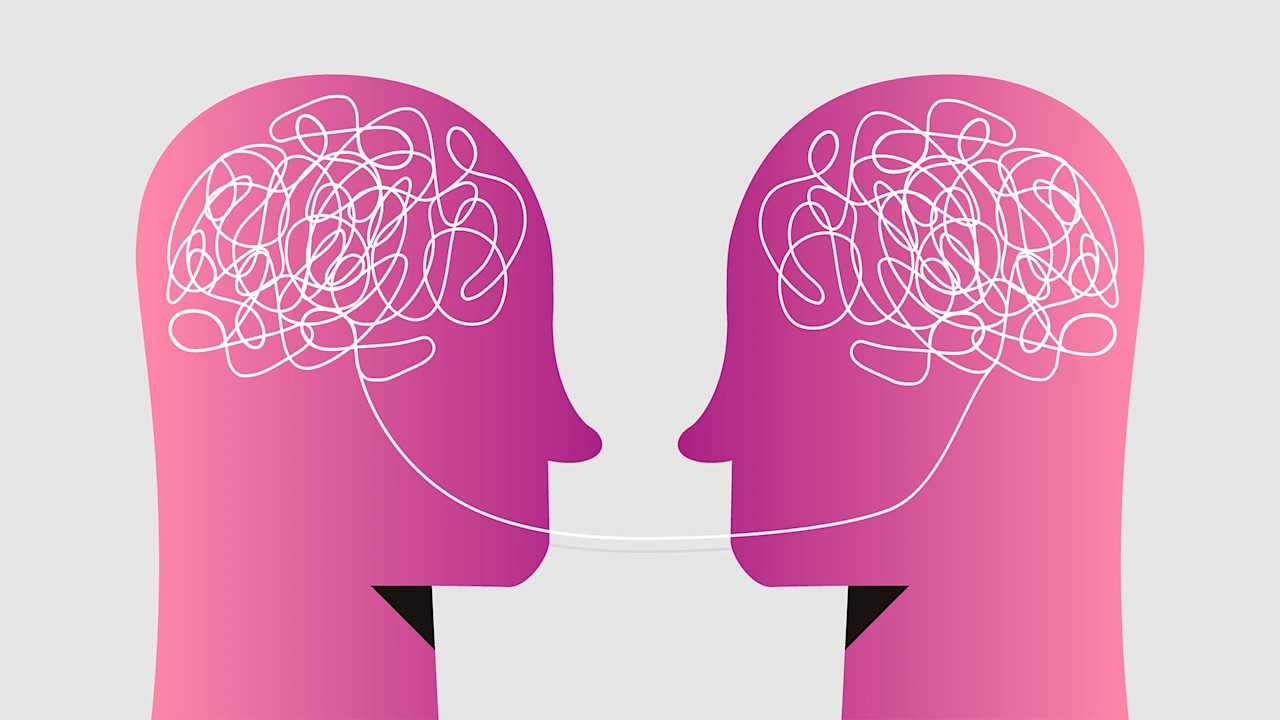Love’s hidden twin: why spouses often share psychiatric conditions

Opposites might not attract—at least when it comes to mental health.
A new large-scale global study revealed that across cultures, people were more likely to marry a partner who shares the same psychiatric diagnosis.
Published in Nature Human Behavior, the new research examined data from almost 15 million people in Denmark, Sweden and Taiwan, relying on massive data sets collected in government registries.
The trend didn’t just prove true for a single diagnosis. The study examined married pairs across nine psychiatric disorders: bipolar disorder, depression, schizophrenia, anxiety, attention-deficit hyperactivity disorder (ADHD), autism, obsessive compulsive disorder (OCD), anorexia and substance-use disorder.
The study found that across diagnoses, if one spouse in a married couple had a psychiatric disorder, their partner was significantly more likely to share that diagnosis. “The main result is that the pattern holds across countries, across cultures, and, of course, generations,” study co-author Chun Chieh Fan told Nature.
In general, the study found people with any psychiatric disorder were also more likely to marry someone else with a psychiatric diagnosis than someone without one. When the study looked at diagnostic data divided by birth cohort, the likelihood of married partners sharing a diagnosis went up each decade over time from the 1930s to the 1990s.
Consistent findings across the globe
One of the most fascinating aspects of the study is how consistent the findings were. “Across nine psychiatric disorders, there is evidence of positive correlations among spouses, independent of country and generation, for the past 90 years,” the authors wrote. “Despite differences in cultural contexts, patterns of spousal correlation across psychiatric disorders have limited variation between Taiwan and Nordic countries.”
The finding is one aspect of a well-studied phenomenon of married couples having a lot in common, which can be explained a few different ways. The first explanation, known as assortative mating, happens when people choose a partner with personality traits, behaviors and other qualities that they share. The second explanation is convergence, or the idea that, over time, married couples become more alike by spending time together and sharing an environment. The third explanation is known as social homogamy, or the way that people tend to pair with others from a shared social background.
Within the study results, OCD, anorexia and bipolar disorder trends showed some differences between Taiwan and the Nordic countries, but patterns were similar for all of the other disorders. In the Nordic countries, couples were less likely to share an OCD diagnosis than they were in Taiwan, for instance.
The study’s results could have interesting implications for research on the genetic underpinnings of mental health disorders. Many disorders are considered to have genetic risk factors, including autism, ADHD, bipolar disorder, major depression and schizophrenia, but genes and the environment interact in complex ways that are difficult to tease apart.
In a study published earlier this year, researchers identified genetic “hot spots” that could be useful for developing treatments for symptoms shared across psychiatric disorders. This area of research explores how single genes can influence multiple traits—a concept called pleiotropy.
“Pleiotropy was traditionally viewed as a challenge because it complicates the classification of psychiatric disorders,” UNC Neuroscience Center associate professor and study lead Hyejung Won, PhD said. “However, if we can understand the genetic basis of pleiotropy, it might allow us to develop treatments targeting these shared genetic factors, which could then help treat multiple psychiatric disorders with a common therapy.”
What's Your Reaction?
 Like
0
Like
0
 Dislike
0
Dislike
0
 Love
0
Love
0
 Funny
0
Funny
0
 Angry
0
Angry
0
 Sad
0
Sad
0
 Wow
0
Wow
0



















































![Øyunn finds "New Life" in latest single [Music Video]](https://earmilk.com/wp-content/uploads/2025/08/oyunn-800x379.png)











































